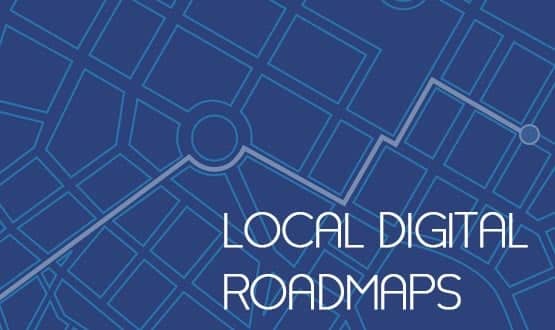Digital roadmaps weak on “how” – review
- 5 December 2016

At least a quarter of the country’s local digital roadmaps are weak on explaining how they will deliver on a paperless vision, a regional NHS England review team has found.
The analysis by regional review teams is revealed in board papers published by North Bristol NHS Trust. The trust has also published its updated roadmap, which covers Bristol, North Somerset and South Gloucestershire.
Under a section described as “key themes” on “all LDRs, both regionally and across the country” the roadmaps are described as “strong on the ‘why’, good on the ‘what’, but weaker on the ‘how’”.
NHS England, which is leading the LDR process, refused to comment on the findings however Digital Health News understands there has been no formal national level feedback of all LDRs.
A spokesperson for the Bristol, North Somerset and South Gloucestershire roadmap said the findings did not relate to all LDRs but only those covered by the South of England regional review team.
With 19 footprints in the region, that still represents a quarter of the 73 LDR footprints that cover England.
Regardless, the comments raised concerns about the LDR process, which is meant to outline how local areas will digitally transform to achieve the NHS goal to be paperless at the point of care by 2020.
The findings detailed in the board paper said overall there was “a general lack of articulation as to how the elements of the LDR would lead to improved outcomes and benefits and how these would be measured”.
While there was an understanding that the LDRs needed to be linked to the broader sustainability and transformation plans, it was not always clear that roadmaps would make a “big difference” to the STP goals.
Overall many LDRs were also still developing a governance arrangement and there was a “huge variety in detail” about how they would use information sharing and interoperability to meet their goals.
NHS England first announced LDRs in September last year with the aim of having them in place by April 2016.
However, the roadmaps have been delayed and have since been spun into the broader STP plans process.
The 44 regional STP plans are meant to help the NHS close a projected £30 billion gap between funding and demand by 2020/21, including by using technology, and many reference their LDRs.
Senior NHS England leaders have said the STPs and roadmaps should be linked by a “golden thread” but have also admitted they have been poorly aligned, with borders often overlapping.
Some LDR footprints have shifted to better align with their STP areas.
The last timeline provided by NHS England indicated that LDRs should be published in Autumn, in conjunctions with the STPs, most of which have now been published.
After previously being referred to as the “gateway to funding” how, if at all, the digital roadmaps will be funded is also unclear.
NHS England guidance published in April referred to the Driving Digital Maturity Investment Fund, that is made up of both capital and revenue. This £1.8 billion pot would be used to help fund the LDRs’ aims but that “the process for accessing and criteria for allocating this funding is currently being agreed”.
Information provided in response to a Freedom of Information request from Digital Health News showed some of this money had been allocated to the digital exemplars programme and NHS England was still “drawing up the criteria and defining the process for allocating the remainder of the available funding”.
Funding was a key issue in Digital Health News’ review of the publicly available draft LDRs. Without outside help, many footprints believe that NHS England’s paperless goal is locally unachievable.
READ MORE:
* Local digital roadmaps need big investment to work
* EPRs top of roadmap wish list
* Digital roadmap focus:Hampshire and the Isle of Wight




